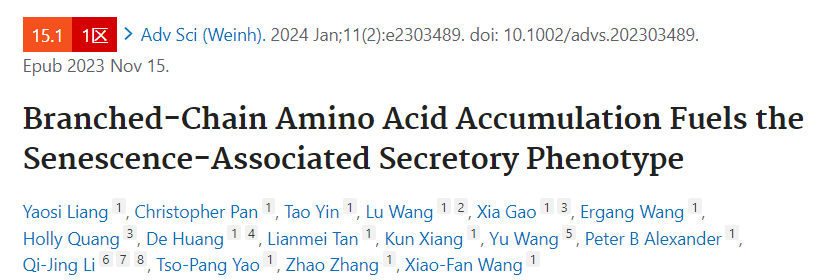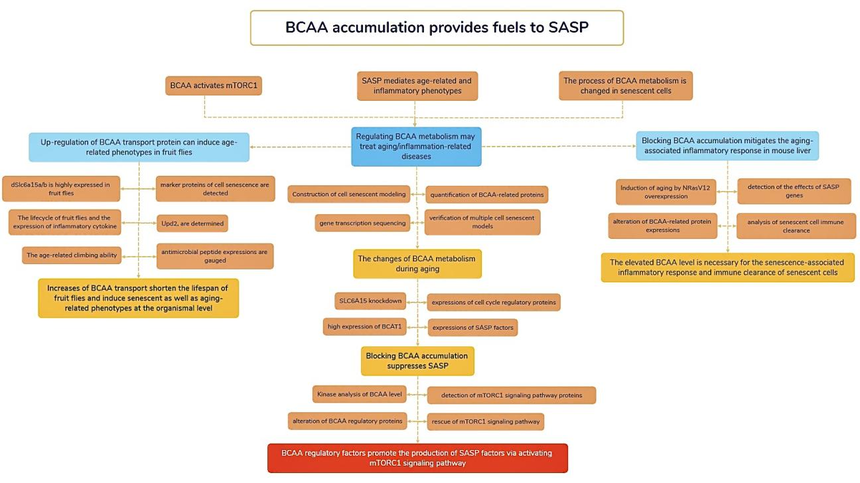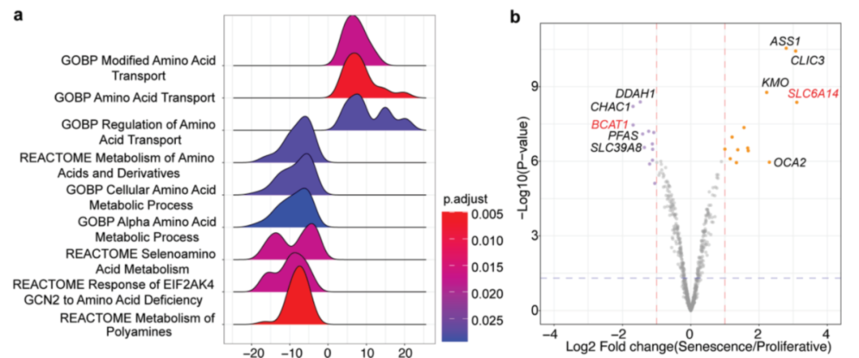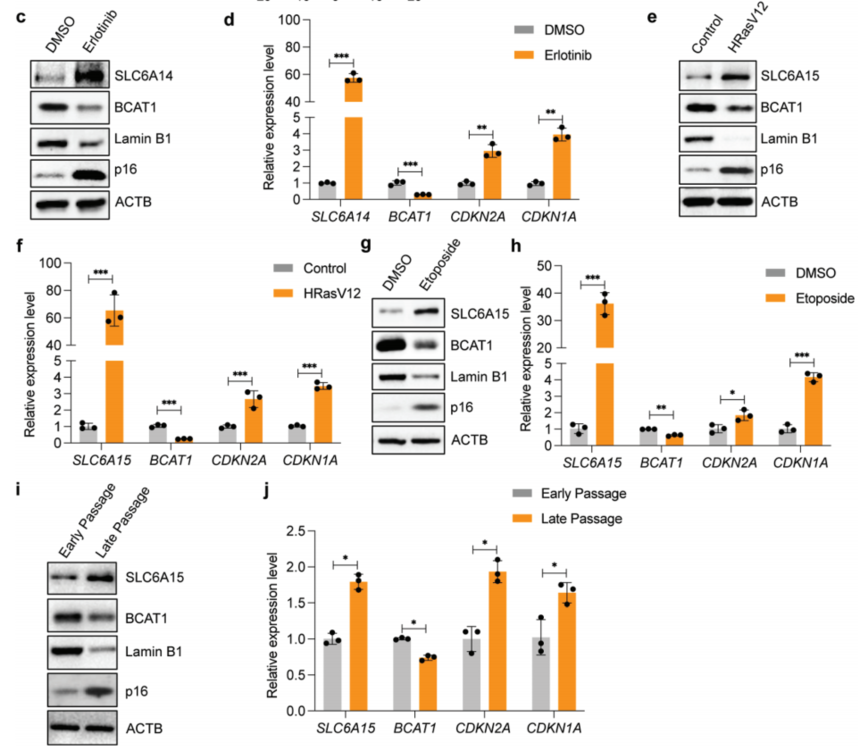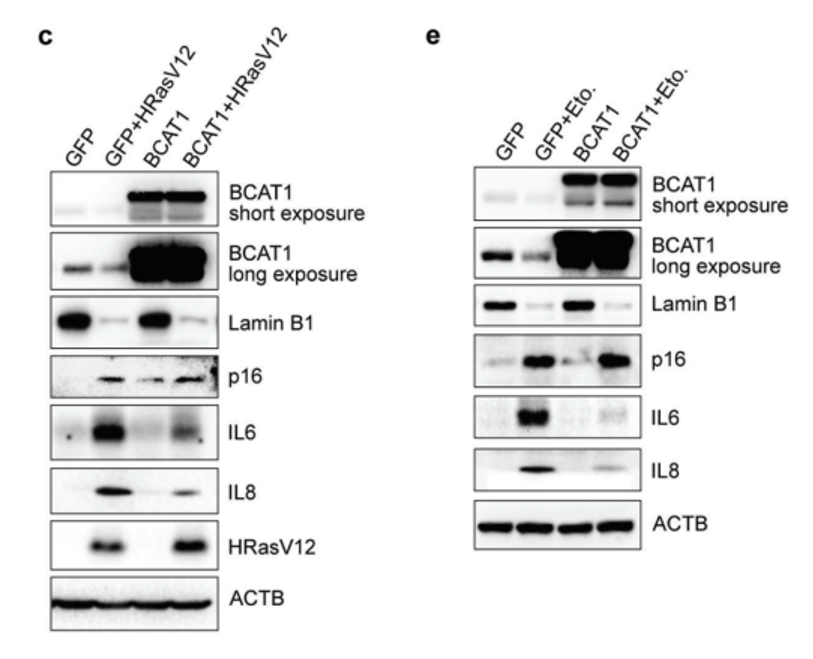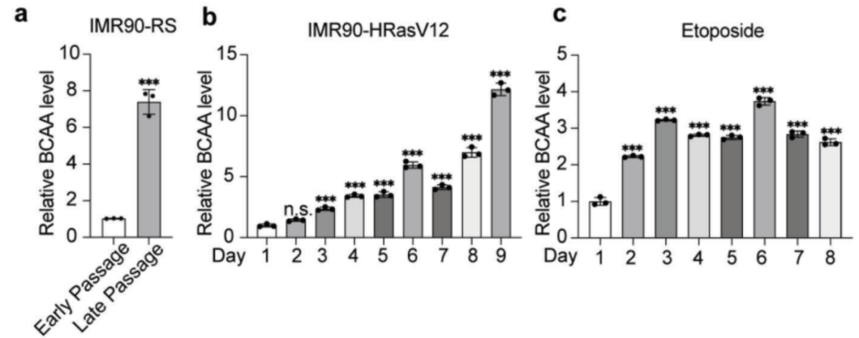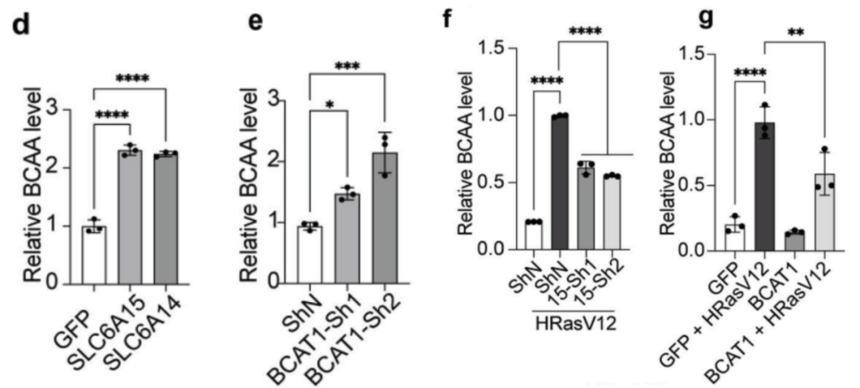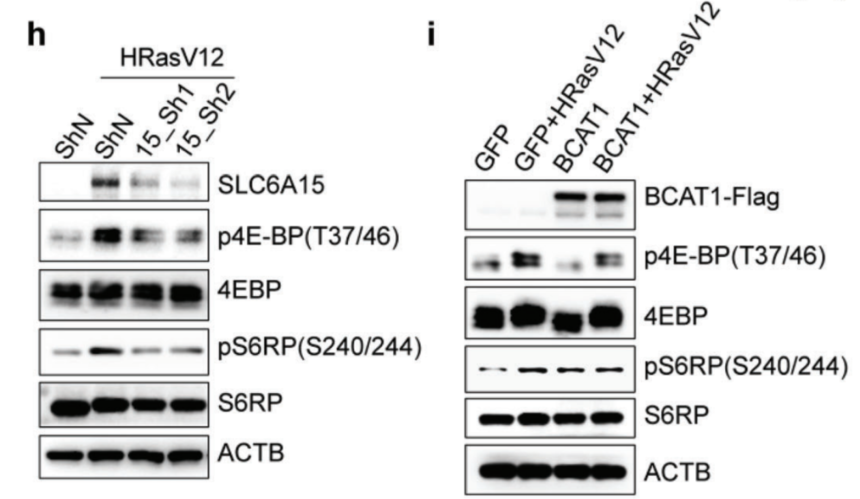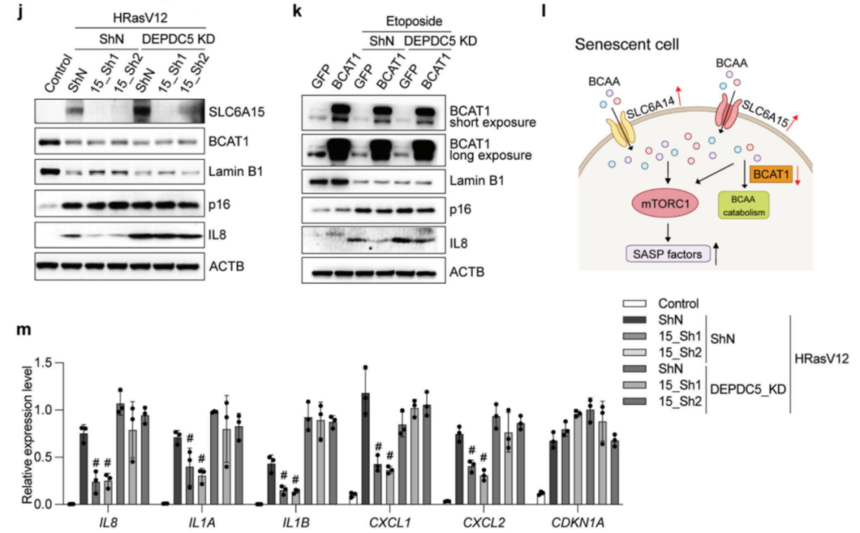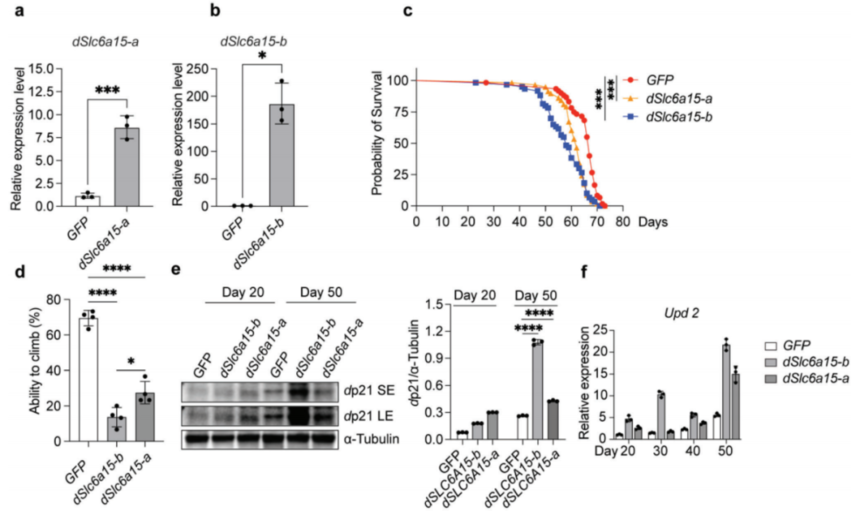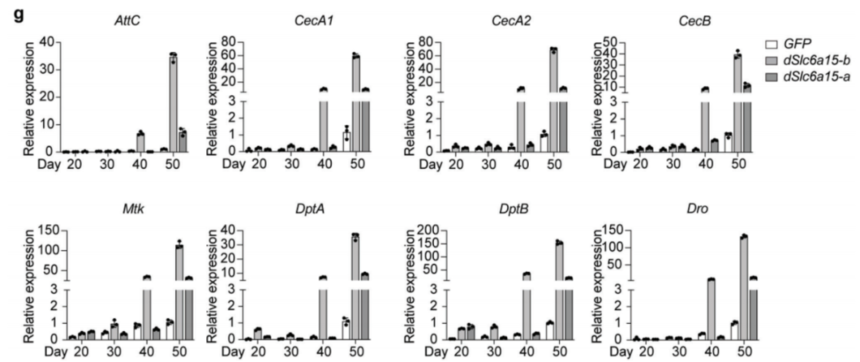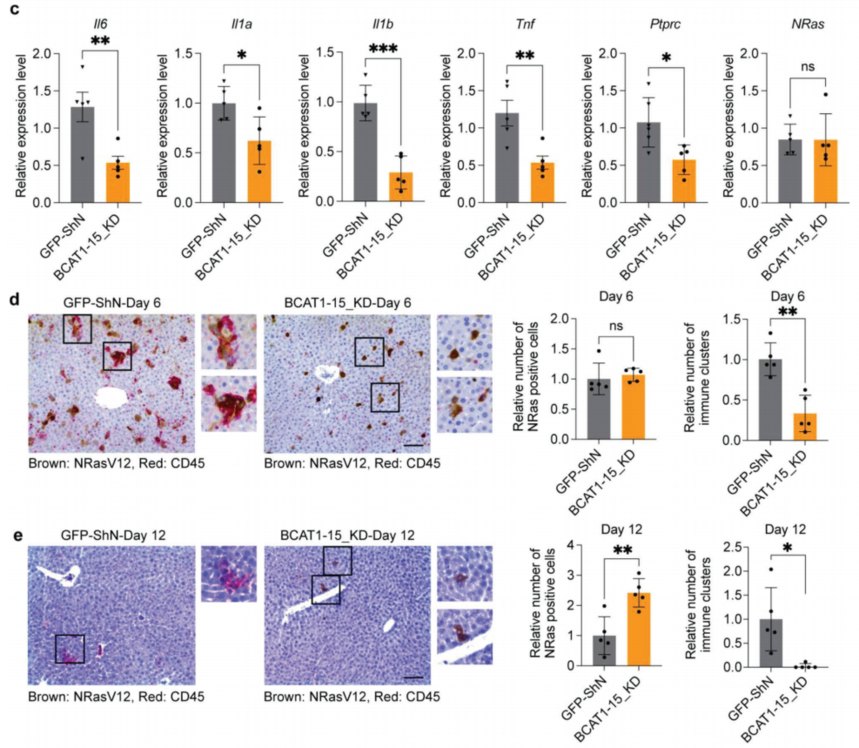Please click the button below to go to our email login page
|
The combination of “branched-chain amino acid metabolism + aging” is creating a novel idea of project (attached technical route)!In recent years, branched-chain amino acid (BCAA) metabolism and its regulation have become the focus of research, owing to their extensive and profound associations with diseases. Meanwhile, aging, as a hot topic in the field of bioscience, also has attracted much attention.
Today, we’re going to share a paper, titled Branched-Chain Amino Acid Accumulation Fuels the Senescence-Associated Secretory Phenotype, published in Advanced Science, in January 2024, hoping to provide everyone with unique inspiration.
1. Research background lBCAA can activate cell growth and the metabolic regulatory factor, mTORC1. lThe intake of BCAAs is implicated in prolonging life-span, but the intrinsic changes of BCAA during aging remain unknown. lSenescent cells are accumulated in aging and inflammatory tissues, in which they drive age-associated and inflammatory phenotypes mainly through the senescence-associated secretory phenotype (SASP). lHow senescent cells alter amino acid metabolism and impact aging is still obscure.
2. Technical route
3. Research results (1) BCAA metabolism is changed during aging.
(2) Inhibiting BCAA accumulation can block SASP.
(3) BCAA regulatory factors promote the generation of SASP factors through activating mTORC1 signaling pathway.
(4) Up-regulation of BCAA transport protein can induce age-related phenotypes in fruit flies.
(5) Blocking BCAA accumulation attenuates aging-related inflammatory responses in mouse liver.
4. Conclusion This research found a new mechanism that links the intrinsic changes of BCAA metabolism to cell senescence SASP. The changes of BCAA metabolism drive SASP through the strong activation of BCAA transport proteins, SLC6A14/SLC6A15, and the down-regulation of catabolic enzyme BCAT1 during aging, resulting in the up-regulation of BCAA in senescent cells and activating mTORC1, which constitute the complete process of SASP. Transgenic fruit fly models further revealed orthologous BCAA regulators are involved in inducing cellular senescence and age-related phenotypes in flies, implying the evolutionary conservation of this metabolic pathway during aging. Ultimately, experimentally blocking BCAA accumulation can mitigate the inflammatory response in a mouse senescence model, highlighting the potential of modulating BCAA metabolism for the treatment of age-related and inflammatory diseases. |

